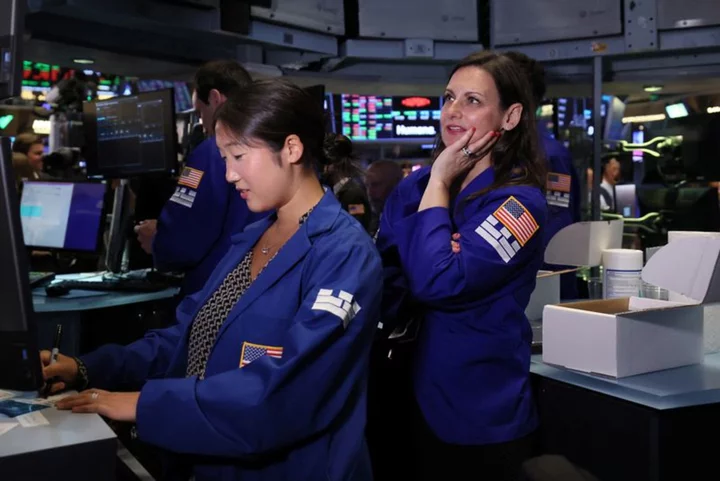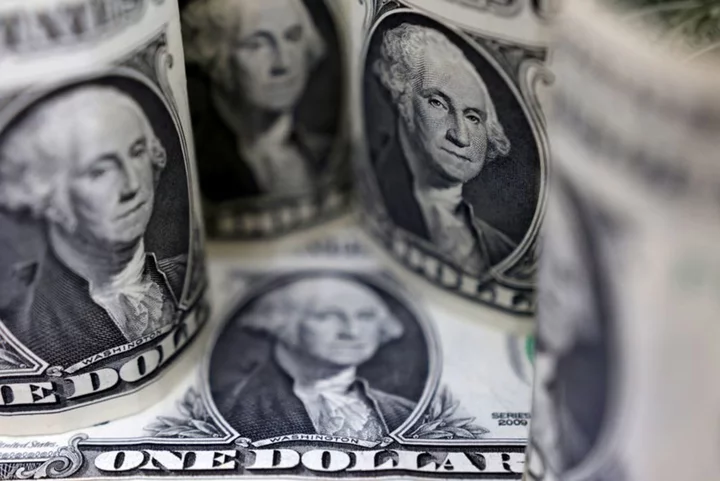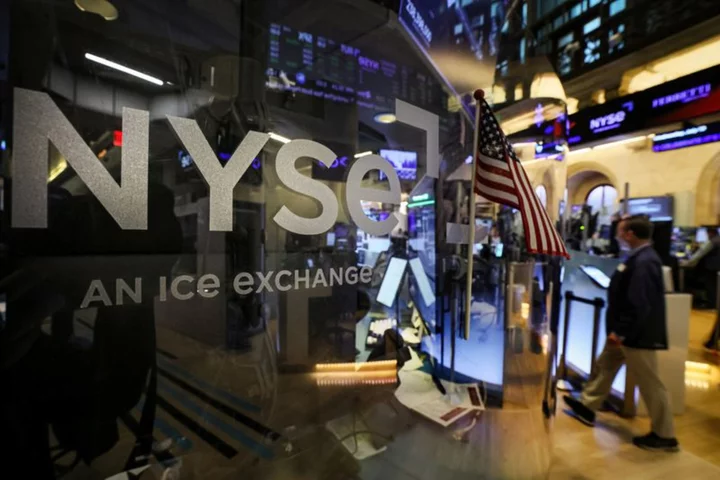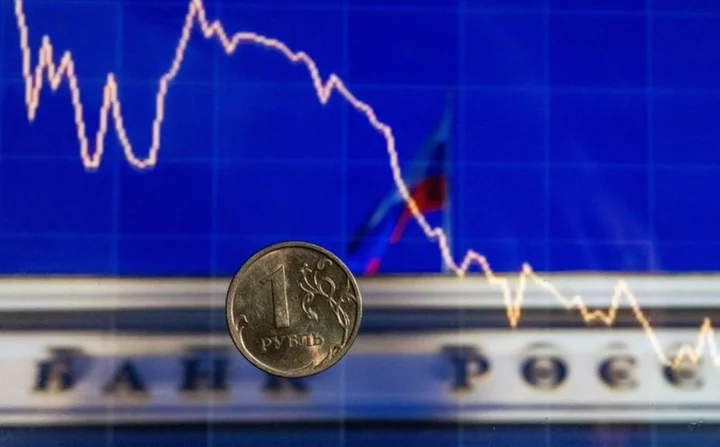A look at the day ahead in U.S. and global markets by Naomi Rovnick.
Positive economic data tends to move stock markets, either by fueling rallies, or prompting a temporary sell-off as traders take profits. So this week's lackluster reaction to cheering U.S. inflation figures looks unusual.
Data on Thursday showed core U.S. inflation, the measure of sticky price pressures central bankers worry about, rose by 4.7% in July, its slowest annual rise since October 2021. But Wall Street stock markets ended Thursday flat. Futures point to mild declines for the S&P 500 and the Nasdaq 100 on Friday.
A knee-jerk explanation is that it is August, with traders more likely in Tuscany or the Hamptons than at their screens. Another is that the much hoped-for soft landing feels confirmed and has no buyers left.
Strategists say markets may trade sideways in coming months, as a deep recession is avoided, but the sort of economic growth that could power corporate earnings remains elusive.
The S&P 500 has risen 16% year-to-date. But a Goldilocks economy, where higher interest rates quell inflation without crushing output, looks "much priced in now," Barclays chief European equity strategist Emmanuel Cau writes in a note.
One tailwind for global stocks this year, Cau says, was investors reversing pessimistic trades that drove the S&P 500 19% lower in 2022. This boost, Cau concludes after reviewing positioning data, "is largely gone." "Bullish price action," he adds, "is looking tired."
Consultancy Capital Economics concurs, saying in a note that "the biggest boost for risky assets from economic resilience may be in the past." Corporate profits are expected to be underwhelming. Analysts have cut their estimates for S&P 500 companies' 2023 earnings by about 15% since the end of last year, Capital Economics says.
Ned Davis Research, meanwhile, notes that as the U.S Federal Reserve shrinks its balance sheet following aggressive bond purchases in 2020 and 2021, economic and banking liquidity is declining. When there is less money sloshing around, they say, stocks tend to "flail around."
Excitement about artificial intelligence may continue to support equities, but inflows into hot stocks are often a liquidity story too. September is shaping up to be soggy.
Key developments that should provide more direction to U.S. markets later on Friday:
* July producer price inflation
* University of Michigan August preliminary consumer sentiment
(Reporting by Naomi Rovnick; Editing by Elaine Hardcastle)









